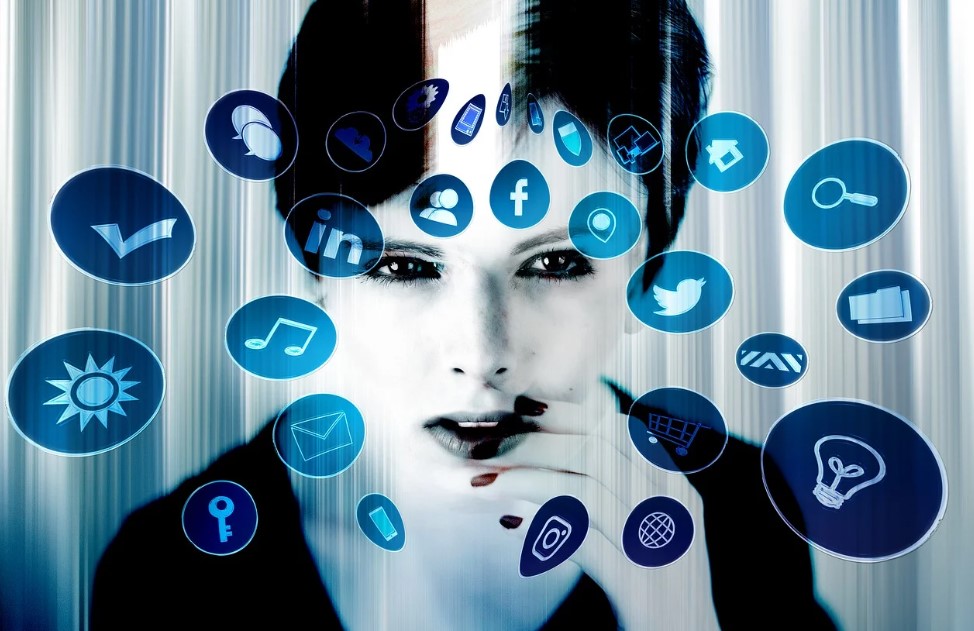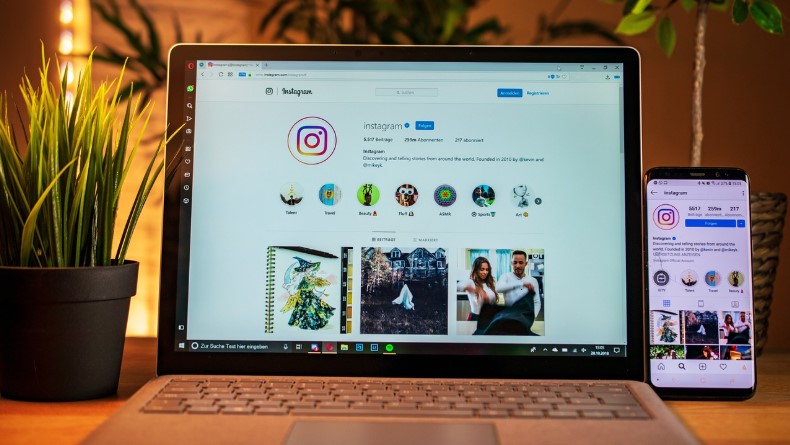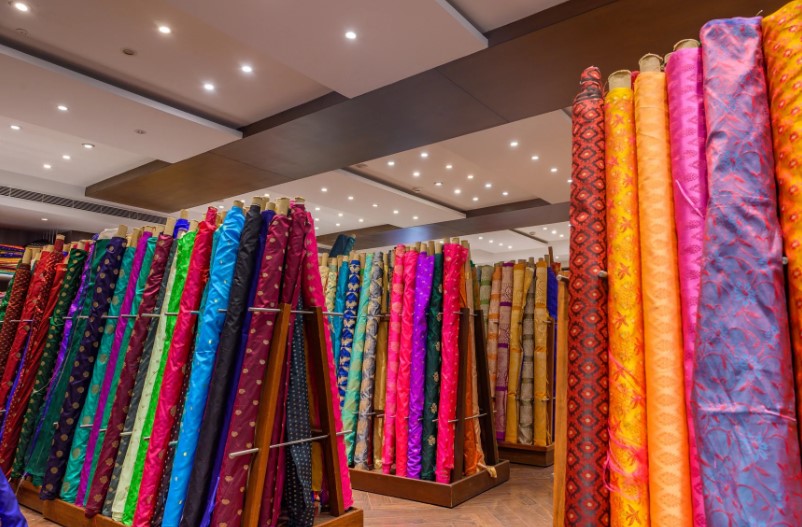In the past decade, social media has transformed how women and girls connect, communicate, and perceive themselves. Platforms like Instagram, TikTok, Facebook, and X (formerly Twitter) have become digital mirrors reflecting not only trends but also insecurities, ideals, and aspirations. While social media offers opportunities for self-expression, empowerment, and activism, it also exposes users—especially women and girls—to unrealistic standards, cyberbullying, and mental health issues.
This article delves into how social media influences the lives of women and girls on psychological, emotional, and social levels, exploring both its positive and negative consequences.
The Rise of Social Media Influence
Social media platforms began as tools for networking but quickly evolved into global ecosystems shaping identity, beauty, culture, and politics. Women and girls are among the most active users, using these platforms to share their lives, promote causes, and build personal brands.
-
Statistical Insight: According to various digital reports, women make up nearly 54% of social media users globally, with teenage girls spending an average of 3–4 hours daily on platforms like TikTok and Instagram.
-
Cultural Shift: From fashion influencers to activists, women have leveraged these spaces for career growth and community building. However, beneath the empowerment lies an undercurrent of comparison, pressure, and emotional strain.
The Psychological Impact: Self-Esteem and Body Image
One of the most visible effects of social media on women and girls is the distortion of body image and self-worth. Constant exposure to “perfect” photos, filtered bodies, and curated lifestyles can lead to self-comparison and dissatisfaction.
Key Factors Affecting Self-Perception:
-
Unrealistic Beauty Standards: Women are bombarded with images promoting an ideal body shape or flawless skin that often results from editing or cosmetic enhancement.
-
Validation Culture: The obsession with likes, comments, and followers can create dependency on external validation.
-
Fear of Missing Out (FOMO): Seeing peers living seemingly perfect lives can lead to feelings of inadequacy, anxiety, or depression.
Research Insight: Studies show that heavy social media use among teenage girls correlates with higher rates of body dissatisfaction, eating disorders, and low self-esteem.
However, it’s not all negative. Movements like #BodyPositivity and #SelfLove have also emerged, allowing women to celebrate diversity and challenge harmful beauty ideals.
The Social Dimension: Relationships and Communication
Social media has redefined how women and girls interact socially. It enables instant communication, yet often at the cost of authentic connections.
-
Positive Influence: Platforms allow women to maintain friendships, network professionally, and join supportive communities, especially for those in marginalized or remote environments.
-
Negative Influence: Digital communication can also breed misunderstandings, jealousy, and emotional dependency, particularly in romantic relationships.
Additionally, constant exposure to “highlight reels” of others’ lives can distort perceptions of real-world happiness and success, leading to emotional exhaustion and social comparison.
The Double-Edged Sword of Empowerment and Exploitation
Social media gives women a voice, but it also exposes them to scrutiny and exploitation.
-
Empowerment: Activists use platforms to advocate for gender equality, reproductive rights, and social justice. Campaigns like #MeToo, #HeForShe, and #TimesUp have empowered millions of women to speak out against harassment and inequality.
-
Exploitation: Conversely, women are disproportionately targeted by online harassment, unsolicited messages, and doxxing. According to a UN report, nearly 40% of women have experienced online abuse, ranging from verbal harassment to threats.
The digital landscape amplifies both the power and vulnerability of female users, making digital literacy and safety essential topics in modern education.
The Role of Social Media in Shaping Identity
For teenage girls, social media is not just entertainment—it’s identity construction. How they present themselves online often reflects how they want to be perceived in real life.
-
Curated Identities: Many young users carefully craft online personas to gain acceptance and attention.
-
Loss of Authenticity: This constant performance can create a disconnect between real and virtual selves, leading to emotional fatigue and confusion.
-
Peer Pressure: Trends, challenges, and viral aesthetics can push girls to conform rather than express individuality.
In essence, the digital space has become a new form of stage performance, where “likes” act as applause and silence feels like rejection.
Economic and Career Opportunities
Despite the drawbacks, social media has also opened doors for financial independence. Women are increasingly turning their online presence into income streams.
-
Influencer Marketing: Many women have become entrepreneurs through content creation, product reviews, and brand collaborations.
-
Networking and Learning: LinkedIn and other platforms provide opportunities for women to connect with mentors, find jobs, and share professional achievements.
-
Digital Entrepreneurship: From small business owners selling handmade crafts to digital coaches, women are utilizing social platforms as business hubs.
The key lies in balance—using social media as a tool rather than becoming consumed by it.
Mental Health and the Need for Digital Detox
The emotional toll of constant connectivity is becoming increasingly evident. Many women report experiencing burnout, anxiety, and stress from social media engagement.
Signs of Social Media Fatigue:
-
Feeling anxious when not checking notifications
-
Comparing self-worth to others’ posts
-
Losing focus or sleep due to excessive scrolling
Solutions:
-
Digital Detox: Taking periodic breaks from social platforms helps restore mental balance.
-
Mindful Usage: Setting time limits and unfollowing negative accounts can reduce pressure.
-
Therapy and Support Groups: Seeking professional help to cope with social media-related anxiety can be life-changing.
Parental Guidance and Youth Protection
For girls under 18, parental awareness is crucial. Unsupervised access can expose them to cyberbullying, grooming, and inappropriate content.
Tips for Parents:
-
Encourage open conversations about online experiences.
-
Use parental controls to limit exposure to harmful content.
-
Teach girls to value their worth beyond online validation.
Digital literacy should be part of modern education, equipping young users to navigate the online world responsibly.
Moving Toward a Healthier Digital Future
To harness the benefits of social media while minimizing harm, collective responsibility is essential.
-
Social Media Companies: Should implement stronger content moderation, privacy protection, and mental health resources.
-
Schools and Parents: Must educate girls about responsible social media use and digital self-esteem.
-
Users Themselves: Can create a more positive environment by being authentic, supportive, and empathetic online.
Social media doesn’t have to be toxic—it can be transformative when used consciously.
FAQs
How does social media affect women’s mental health?
Social media can increase anxiety, depression, and body image issues, especially when users engage in constant comparison or validation-seeking behaviors.
Can social media empower women?
Yes. It allows women to express opinions, promote businesses, and connect with global audiences for advocacy and networking.
How can girls use social media safely?
By maintaining privacy settings, avoiding oversharing, following positive role models, and seeking parental or mentor guidance.
What is digital detox, and why is it important?
A digital detox means taking a break from social platforms to reduce mental fatigue and improve focus and emotional well-being.
What can parents do to protect daughters online?
Parents should educate them about online safety, monitor digital behavior responsibly, and encourage healthy conversations about internet use.
Conclusion
The affect of social media on women and girls is profound and multifaceted. It can uplift, inspire, and empower—but it can also isolate, pressure, and harm. The key lies in awareness, balance, and mindful engagement. By understanding how these platforms shape emotions, identities, and opportunities, women and girls can reclaim control over their digital narratives.
Social media is not the enemy—it’s a tool. How we choose to use it determines whether it becomes a bridge to empowerment or a mirror of insecurity.






Leave a Reply